PLANETARY RINGS RESEARCH: THE STEPHEN W. HAWKING CENTER FOR MICROGRAVITY RESEARCH AND EDUCATION
Planetary rings, like those of Saturn, are made up of countless particles ranging in size from micron-sized dust up to miniature moons tens of meters across. These particles collide frequently, but at very low speeds, depending on the local ring environment. These collisions sculpt the ring systems. In some cases particles stick together to form moonless and clumps. Understanding what happens when ring particles collide will help us understand big questions about the origin and history of the ring system as well as some of the fascinating discoveries made at Saturn by the Cassini Mission, for example.
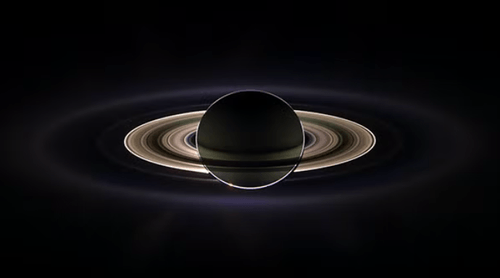
This image from the Cassini mission at Saturn is a composite made from several individual pictures taken while the Sun was on the opposite side of Saturn as seen by Cassini. The rings are illuminated by sunlight shining through them and reflected onto them by Saturn’s atmosphere. In this geometry, faint outer rings made of dust-sized ice grains are highlighted. Credit: NASA/JPL/SSI.
EXPERIMENTS THAT STUDY PLANETARY RINGS INCLUDE:
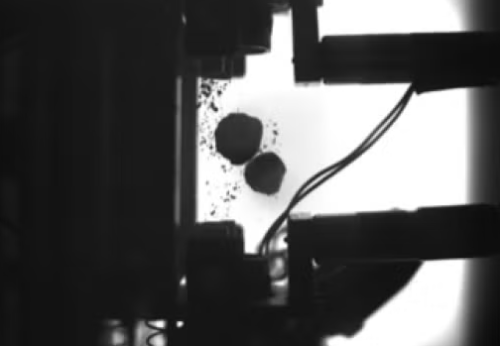
CODA
CODA (Collisions of Dust Aggregates) is a drop tower experiment in which cm-scale particles are launched at each other at low speeds to study the effects of different particle types on collision outcomes. CODA experiments are run inside a vacuum chamber that falls in our laboratory-scale drop tower facility which provides 0.7 s of free-fall. This enables lower impact velocities than what we can achieve with the table-top experiment…
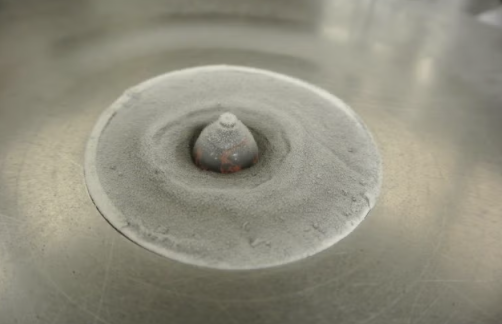
ICE
Comets and small moons located in the outskirts of the Solar System are covered in a layer of regolith composed of dust and ice. Understanding the response of this regolith to impacts is crucial to the knowledge of the evolution of comets, as well as to future missions that will land on their surfaces. ICE (Impact into Cryogenic regolith Experiment) addresses the specific question of how the presence of water ice in dust influences the response to impacts…
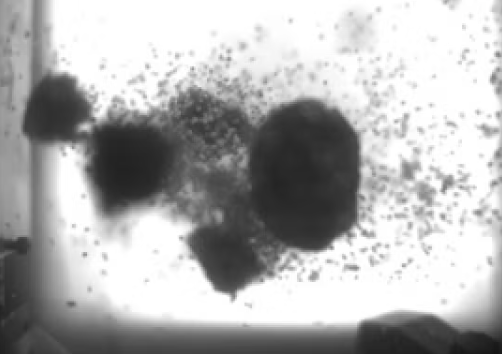
TRACE
TRACE is a low velocity collision experiment designed to characterize and understand the collisional properties of specific materials in microgravity. TRACE uses the Drop Tower platform to obtain near zero gravity and simulates accretion by colliding aggregates made of regolith simulants. Collisions take place at varying speeds and aggregate strengths and are recorded on a high speed camera…
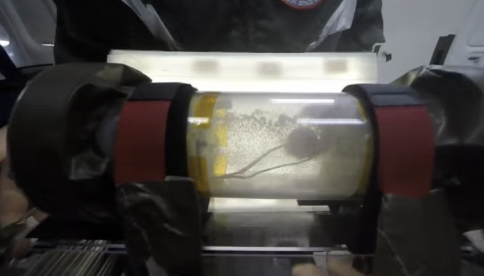
CATE
The Collisional Accretion Experiment (CATE) was designed to study the accretion of small particles onto a larger body in a vacuum, as well as in microgravity conditions. This experiment allows further insight into the particle interactions in proto-planetary disks and in planetary ring systems. A macroscopic target object is be released via a spring system on one end of an experiment tube and traverses a cloud of dust particles at a low speed…